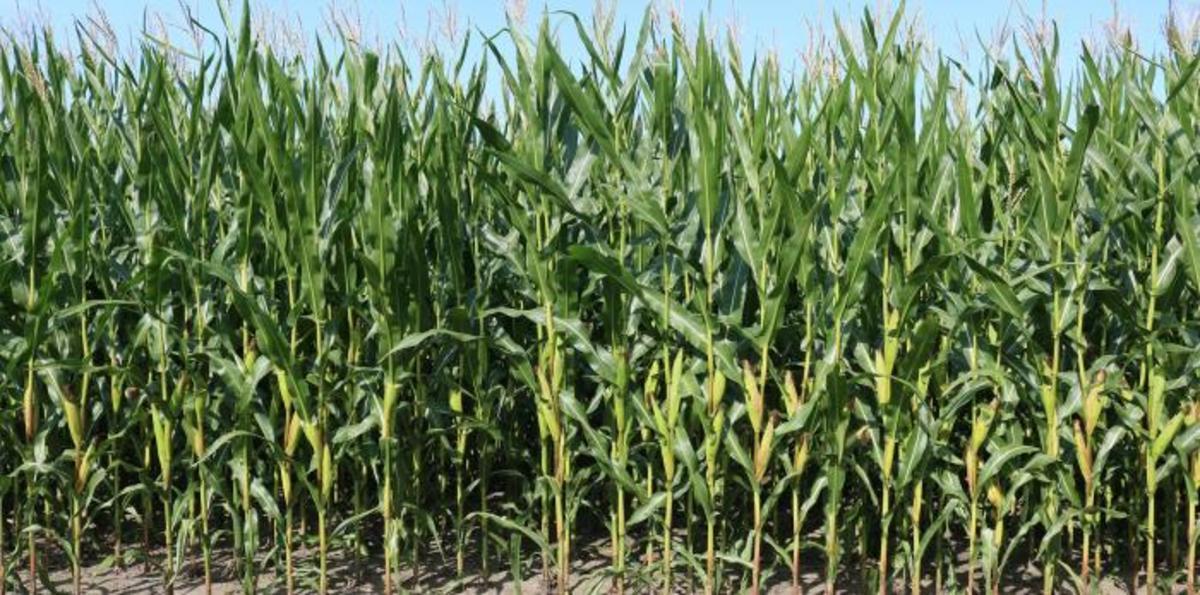PAOC Spotlights
J-WAFS' Inaugural Seed Grant Projects Come to a Close

Projects involving two from EAPS advance water and food security.
Over the past three years, J-WAFS [Abdul Lateef Jameel World Water and Food Security Lab] seed funding has catalyzed a diverse portfolio of MIT research relevant to water and food—spanning fundamental science, engineering and technology, supply chains, big data, business models, development efforts, economics, urban design and infrastructure, and more. This fall, just as we were distributing our fourth call for proposals, our very first round of seed grant projects—beginning in 2015—came to a close. As these inaugural projects end and others begin, we'd like to take a moment to highlight and celebrate the achievements the J-WAFS-funded MIT faculty, students, postdocs, and research scientists who have recently concluded their work.
Among these were projects involving EAPS professors Susan Solomon and Noelle Selin.
PIs: Susan Solomon, Lee and Geraldine Martin Professor of Environmental Studies, Department of Earth, Atmospheric, and Planetary Sciences and Department of Chemistry; Kenneth Strzepek, Research Scientist, MIT Joint Program on the Science and Policy of Global Change
This project resulted in the development of an agricultural model that estimates crop production and its response to water, soil quality, and temperature stressors. The research team used temperature, precipitation, and crop production data, representing 122 possible climate futures, to more accurately estimate climate impacts on future crop yields across Africa. They focused on maize, which is the most calorically important crop in sub-Saharan Africa, as well as the most widely produced. Additionally, they have recently applied their model to project regional climate impacts on wheat, sorghum, cotton, sugarcane, fruits and vegetables, roots and tubers, and legumes and groundnuts. The research results have already been influential on stakeholders working on infrastructure development in Africa. Two notable findings are: 1) there are regions in Africa where the uncertainty of future climate is extreme, and others where there is a significant degree of agreement among climate projections; and 2) models suggest sufficient streamflow even under future climate conditions, which demonstrates that irrigation may be a viable adaptation strategy to support agricultural production throughout sub-Saharan Africa. Because infrastructure projects in Africa need to be designed to address the potential risks of climate change, the results of this research are extremely pertinent. The information that these crop models provide will ideally lead to more efficient design of future infrastructure projects and reduce costs.
Quantifying Mercury Contamination of Rice and its Impact on Food Security in China
PIs: Noelle Selin, Associate Professor, Institute for Data, Systems, and Society and Department of Earth, Atmospheric and Planetary Sciences; Valerie Karplus, Assistant Professor, Sloan School of Management
This project used models to better understand how mercury contamination occurs in rice in China, and the specific environmental and anthropogenic factors that exacerbate it. They examined mercury sources and the biogeochemical processes that lead to rice contamination and evaluated the socioeconomic and public health costs of mercury contamination. Their goal is to use this data to communicate the need for policy changes to key decision makers in the region. The research team used models to simulate present-day atmospheric mercury (Hg) deposition in order to show that regions where rice production is high are co-located with regions of high atmospheric Hg deposition. They compared this to the effects on rice of recently introduced Hg from atmospheric and irrigation sources. Because rice contamination is caused by soil contamination as well as air deposition, the study reveals that addressing the problem of Hg contamination in China requires both attention to contaminated soil and the regulation of anthropogenic Hg emissions. The team has already had the opportunity to disseminate its research at conferences and invited lectures, and will continue to develop the project in collaboration with the MIT Joint Program on the Science and Policy of Global Change.
Additional details about these and other J-WAFS-funded projects, including those involving two others from EAPS (Colette Heald and Ruben Juanes) are available on the J-WAFS website.